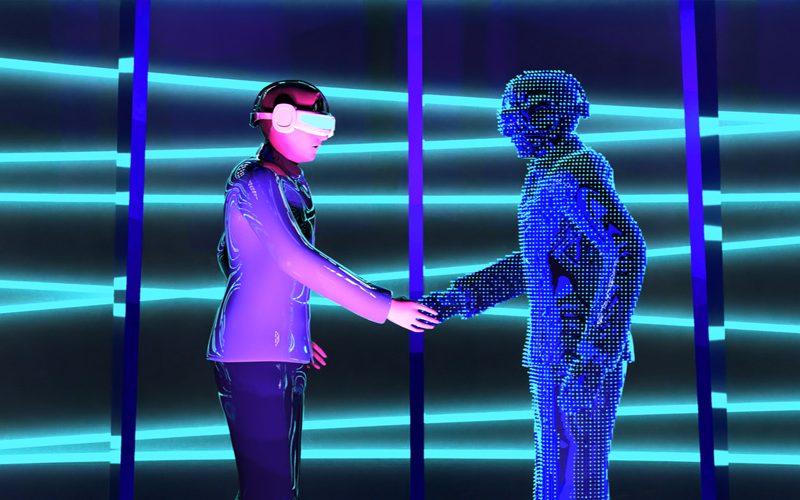In the foreseeable future, bigger frontiers are being reached by companies and digital behemoths like Meta.
The metaverse does not lack for money or marketing hype. Major brands have tested the waters in the online game Roblox by opening virtual stores and branded locations. These brands include Gucci, Chipotle, Vans, and Nike. According to a December Goldman Sachs analysis, Facebook’s parent company Meta has spent an estimated $21.3 billion on its Oculus devices and the creation of metaverse technologies over the past ten years.
Some businesses and corporations have changed their operations to make room for this innovative technology as they recognise its potential. For the majority of them, this modification ended up being a game-changer. These businesses and enterprises have experienced rapid development and have started to turn a profit. The majority of these brands and businesses and digital behemoths, including Meta, are moving toward bigger frontiers in the near future. Prior to industry adoption, there is a lack of a precise definition of what the metaverse is and a clear understanding of whether it actually exists. The metaverse, which we define as a potential 3D experience layer of the Internet, doesn’t exist right now, according to J.P. Gownder, VP and principal analyst at Forrester. What they currently have are “precursor experiences” to a metaverse. Though it will take time and creativity, the metaverse is already maturing with various collaborations. The expected completion date for a fully operational, interoperable metaverse with its own virtual economy is 2030, according to Gartner’s projection. In the interim, neighboring and supporting technologies, such as edge computing, digital currencies, and environmental mapping for robots and autonomous navigation, will establish the foundation for what the metaverse will develop into. According to Cliff Justice, US Leader of Enterprise Innovation at KPMG, there are protocols that have to be agreed upon, technologies that have to be invented, and bandwidth and latency challenges. A lot of unsolved problems will present themselves in very rapid succession, one of which is security around AI and safeguarding self-learning systems from data poisoning attacks. According to early predictions, as virtual and augmented reality applications multiply, user comfort with metaverse technology will increase. Prior exposure to metaverse technology lessened but did not completely erase respondents’ worries about the security and privacy of their own personal data. As with everything else, Justice remarked, “the security side of this will have to grow as well.” The data that the systems are ingesting, processing, and learning from must also be protected; it is not just about securing the perimeter. For the technology industry close to the metaverse, enterprise applications are already well-established. A taste of the metaverse’s potential can be seen in the 3D collaboration environments made possible by VR and augmented reality platforms, as well as in the digital twins that model complex systems like manufacturing, the development of medical devices, construction, and power plants. An example of a customer-facing use case that is taking off is the use of immersive technologies to offer virtual tours of real estate. Training, meetings, and collaboration are probably the largest use cases, according to Justice. The technology, connectivity, and bandwidth required to enjoy truly fantastic experiences in these settings are rapidly improving. The majority of businesses and enterprises don’t already budget for the metaverse, but Gownder advised CIOs to look into its forerunners “as extensions of existing emergent technology platforms.”
Although not fully developed at the time, virtual reality concepts had been around for a while. especially now that Snapchat filters and games like Pokémon Go have become popular. By 2023, the global mixed reality (MR) industry, according to research and markets, might be worth $2.8 billion. a then-predicted growth factor of 77%. However, it is anticipated that the market valuation for mixed virtual and augmented reality technologies will reach $120 billion by 2023 and a staggering $300 billion by 2025. Overall, Gownder advised businesses against falling for hype at this time. They ought to look into concrete possibilities rather than hazy predictions.







